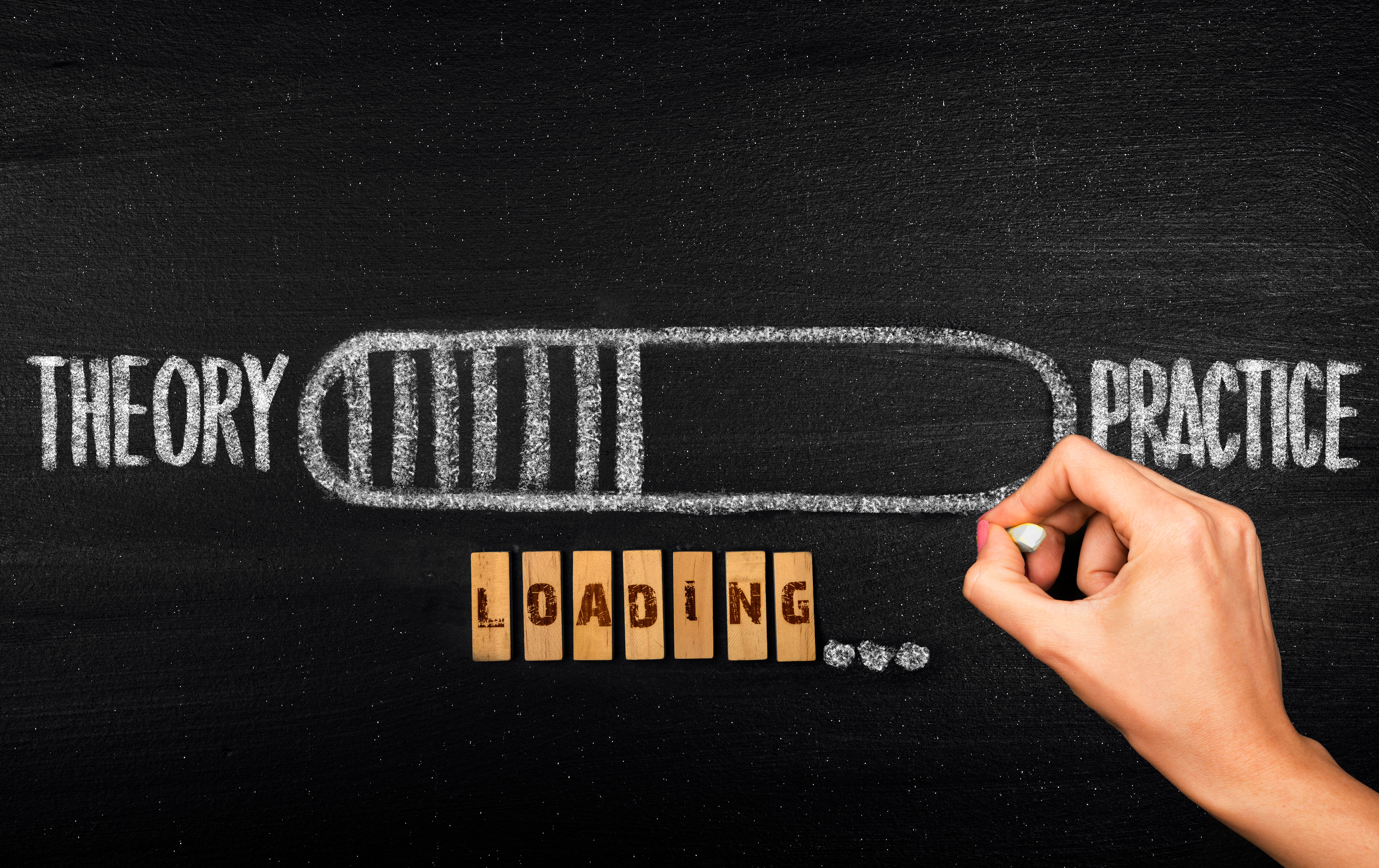Bridging the Gap: Turning Theory into Practice in Intellectual Growth
Understanding the Gap Between Theory and Practice
Intellectual growth is a continuous journey that involves the expansion of knowledge, critical thinking, and the ability to apply learned concepts to real-world situations. However, the transition from theoretical understanding to practical application can often be challenging. This gap between theory and practice is an obstacle that many learners encounter, hindering their intellectual advancement.

Theoretical knowledge provides a foundation, equipping individuals with concepts, principles, and frameworks necessary for understanding complex subjects. However, without the ability to implement this knowledge in practical scenarios, it remains abstract and disconnected from real-world applications. Bridging this gap is essential for true intellectual growth, as it transforms passive learning into active engagement with the world.
Strategies for Bridging the Gap
Active Learning Techniques
One effective way to bridge the gap between theory and practice is through active learning techniques. These methods require learners to engage directly with the material, encouraging them to apply theoretical concepts in various situations. Techniques such as problem-based learning, case studies, and experiential learning projects empower individuals to test their understanding and develop practical skills.

By actively participating in the learning process, individuals can better grasp how theoretical knowledge translates into practice. This hands-on experience fosters deeper comprehension and retention of information, ultimately leading to more effective intellectual growth.
Mentorship and Collaboration
Another crucial strategy is the involvement of mentorship and collaboration. Learning from experienced professionals or peers who have successfully navigated the transition from theory to practice can provide valuable insights and guidance. Mentors can offer real-world examples, share personal experiences, and help learners apply theoretical concepts in practical settings.
Collaborative projects and group discussions also play a significant role in bridging this gap. By working together, individuals can exchange ideas, challenge each other’s assumptions, and collectively find solutions to complex problems. This collaborative approach not only enhances understanding but also builds essential communication and teamwork skills.

Embracing Technology and Innovation
Utilizing Digital Tools
In today’s digital age, technology offers numerous tools to aid in bridging the gap between theory and practice. Educational platforms, simulation software, and virtual reality environments provide immersive experiences that allow learners to engage with theoretical concepts in a controlled yet realistic setting.
These technologies offer a safe space for experimentation, enabling individuals to make mistakes and learn from them without real-world consequences. By simulating practical scenarios, learners can gain confidence in their ability to apply theory effectively.
Encouraging Continuous Learning
Finally, fostering a mindset of continuous learning is vital for turning theory into practice. Encouraging individuals to seek additional resources, attend workshops, and pursue further education ensures they remain adaptable and open to new ideas.

This commitment to lifelong learning promotes intellectual growth by keeping individuals informed about the latest advancements in their fields. By staying updated, they can seamlessly integrate new theories into their practical applications, continually enhancing their expertise.
In conclusion, bridging the gap between theory and practice is crucial for intellectual growth. Through active learning techniques, mentorship, collaboration, technological innovation, and a commitment to ongoing education, individuals can effectively transform theoretical knowledge into practical skills. This integration not only enriches personal development but also contributes to professional success and societal advancement.
